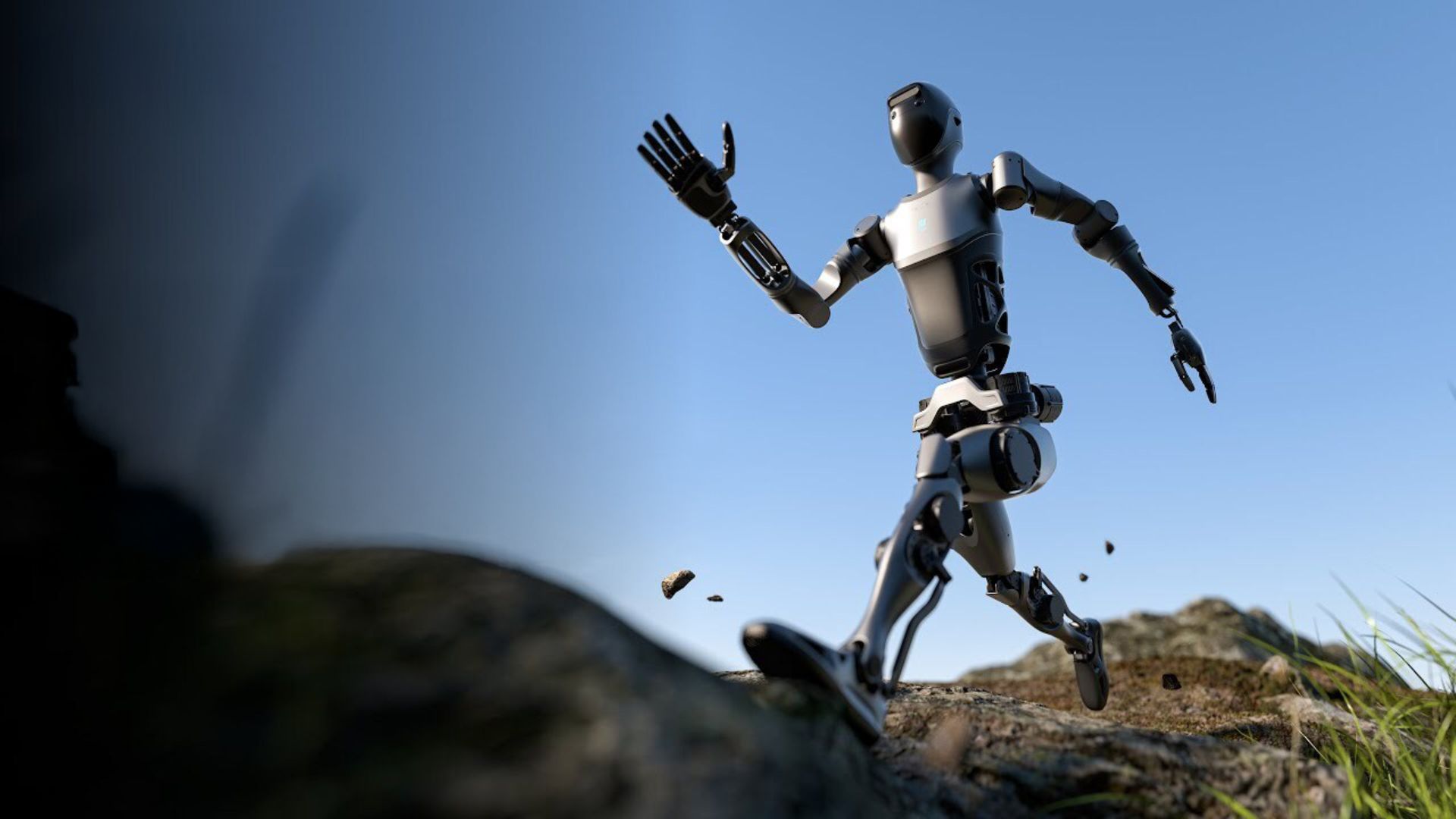Humanoid robots, mimicking the form and function of humans, have captivated our imaginations for decades. While advances in artificial intelligence and sensory perception have seen remarkable progress, a key challenge remains: replicating the dexterity of human hands. The intricate movements, delicate manipulations, and precise grip control that come effortlessly to us pose a significant hurdle for robotic engineering. Yet, researchers are pushing the boundaries of dexterity, striving to create robots that can interact with the world in a truly human-like manner.

The Anatomy of Dexterity:
Human hands are marvels of evolutionary engineering, boasting an incredible range of motion, tactile sensitivity, and adaptable grip capabilities. With 27 bones, 29 joints, and a complex network of muscles and tendons, our hands can grasp, pinch, twist, and manipulate objects with remarkable finesse. This intricate interplay allows us to perform a dizzying array of tasks, from typing on a keyboard to delicately assembling a watch.
Replicating this complexity in a robot presents a formidable challenge. Current humanoid robots often rely on rigid, multi-fingered grippers reminiscent of claws, sacrificing dexterity for raw strength. While these grippers are effective for certain tasks, they lack the adaptability and finesse needed for intricate manipulations.
Breaking Through with Bio-Inspired Designs:
To overcome this barrier, researchers are turning to nature for inspiration. Animals like octopus and geckos demonstrate incredible dexterity through specialized appendages and adhesive mechanisms. Studying these biological marvels offers valuable insights for engineers seeking to design more dexterous robots.
One promising approach involves mimicking the elasticity and flexibility of biological tissues. Researchers are exploring the use of soft materials, actuators inspired by muscles, and flexible joints to create robot hands that can conform to a variety of shapes and textures. This bio-inspired approach enables robots to grasp and manipulate objects with greater precision and control.
Sensory Feedback and Intelligence:
Dexterity is not solely about physical capability; it also relies heavily on sensory feedback. Humans constantly adjust their grip and movements based on tactile sensations, proprioception (awareness of body position), and visual cues.
Incorporating sophisticated sensory systems into humanoid robots is crucial for enhancing their dexterity. Sensors that mimic human touch, pressure, and temperature allow robots to "feel" objects, adapt their grip, and perform delicate manipulations.
Further advancements in artificial intelligence are also playing a vital role. Machine learning algorithms can analyze sensory data in real-time, allowing robots to learn and refine their movements through experience. This enables them to adapt to changing environments and perform increasingly complex tasks.
Applications Beyond the Lab:
The quest for humanoid robot dexterity has far-reaching implications across various fields:
Healthcare: Robots with dexterous hands could assist surgeons in delicate procedures, provide personalized care for patients with mobility impairments, and automate tasks in hospitals.
Manufacturing: Highly dexterous robots could handle intricate assembly tasks, adjust to changing product designs, and collaborate alongside human workers.
Exploration: Robots capable of gripping and manipulating objects in challenging environments could be invaluable for exploring hazardous sites, conducting scientific research, and assisting in disaster relief efforts.
Everyday Life: Imagine robots that can help with household chores, prepare meals, manage personal belongings, and even engage in social interactions with natural hand gestures and expressions.
Looking Ahead:
While significant progress has been made, achieving truly human-level dexterity in humanoid robots remains an ongoing challenge. The intricate interplay of physical capabilities, sensory feedback, and artificial intelligence requires continuous innovation and collaboration across multiple disciplines.
As research progresses, we can expect to see robots with increasingly sophisticated hand designs, enhanced sensory systems, and advanced learning capabilities. This will pave the way for a future where humanoid robots seamlessly integrate into our lives, assisting us in a wide range of tasks and pushing the boundaries of what’s possible.
FAQ
Q: What are the biggest challenges in developing dexterous humanoid robots?
A: The primary challenges lie in replicating the complexity of the human hand, incorporating advanced sensory feedback mechanisms, and developing the necessary artificial intelligence for intuitive control and manipulation.
Q: Are there any robots currently capable of human-level dexterity?
A: Not yet. While significant progress has been made, current robots still fall short of the dexterity, adaptability, and sensory perception of the human hand.
Q: How is bio-inspiration being used to improve robot dexterity?
A: Researchers are studying the anatomy and mechanics of animal appendages, like octopus arms and gecko feet, to develop designs that mimic their flexibility, grip strength, and adhesive capabilities.
Q: What are some potential applications of highly dexterous humanoid robots?
A: Dexterous robots hold immense potential in healthcare, manufacturing, exploration, and even everyday life, assisting with tasks like surgery, assembly, object manipulation, and household chores.
Conclusion
The development of humanoid robots with advanced dexterity is a testament to human ingenuity and our relentless pursuit of technological progress.
While challenges remain, ongoing research and breakthroughs in fields like robotics, biomimicry, and artificial intelligence are steadily pushing the boundaries of what is possible. As we strive to create robots that can interact with the world in a truly human-like manner, the future promises exciting advancements and transformative applications across countless industries and aspects of our lives.
Closure
Thus, we hope this article has provided valuable insights into Reaching for Human Potential: Exploring the Frontiers of Humanoid Robot Dexterity. We hope you find this article informative and beneficial. See you in our next article!
